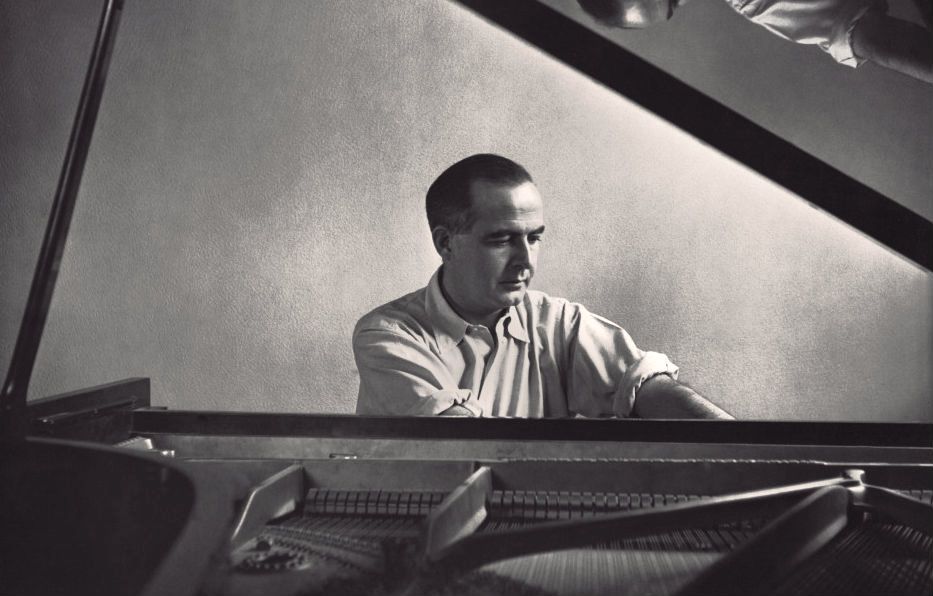Latest Comments
No comments to show.

The 5 Best Compositions by Samuel Barber
Samuel Barber, an American composer known for his richly lyrical and emotional music, stands as one of the 20th century’s most significant composers. His works[…]

10 Fascinating Facts about Samuel Barber
Samuel Barber, one of America’s most celebrated composers, left an indelible mark on classical music with his emotive compositions and distinctive style. Here are ten[…]

Samuel Barber – Biography and Life
Born on March 9, 1910, in West Chester, Pennsylvania, Samuel Osborne Barber II was destined to become one of America’s most celebrated composers. From an[…]

Barber – Adagio For Strings
Samuel Barber – Adagio For Strings Adagio for Strings is a work by Samuel Barber, arguably his best known, arranged for string orchestra from the second[…]
© 2025 Top Classical Music. Created with ❤ using WordPress and Kubio